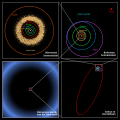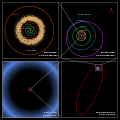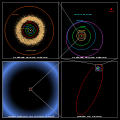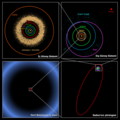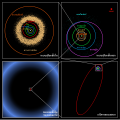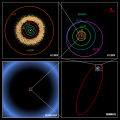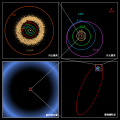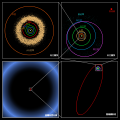Datei:Oort cloud Sedna orbit.jpg
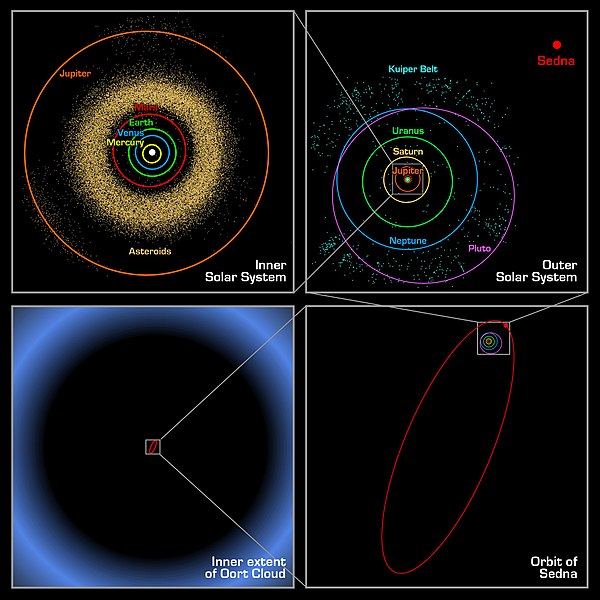
Größe dieser Vorschau: 600 × 600 Pixel. Weitere Auflösungen: 240 × 240 Pixel | 480 × 480 Pixel | 768 × 768 Pixel | 1.024 × 1.024 Pixel | 2.499 × 2.499 Pixel.
Originaldatei zum Herunterladen (2.499 × 2.499 Pixel, Dateigröße: 542 KB, MIME-Typ: image/jpeg)
Dateiversionen
Klicke auf einen Zeitpunkt, um diese Version zu laden.
| Version vom | Vorschaubild | Maße | Benutzer | Kommentar | |
|---|---|---|---|---|---|
| aktuell | 10:48, 19. Sep. 2005 |  | 2.499 × 2.499 (542 KB) | Bricktop | larger |
| 02:05, 24. Mär. 2005 | 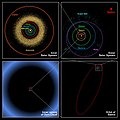 | 577 × 577 (47 KB) | Smartech~commonswiki | {{PD-USGov-NASA}} |
Dateiverwendung
Die folgenden 2 Seiten verwenden diese Datei:
Globale Dateiverwendung
Die nachfolgenden anderen Wikis verwenden diese Datei:
- Verwendung auf ba.wikibooks.org
- Verwendung auf bg.wikipedia.org
- Verwendung auf bn.wikipedia.org
- Verwendung auf bn.wikibooks.org
- Verwendung auf cs.wikipedia.org
- Verwendung auf da.wikipedia.org
- Verwendung auf el.wikipedia.org
- Verwendung auf en.wikipedia.org
- Verwendung auf en.wikibooks.org
- Verwendung auf es.wikipedia.org
- Verwendung auf fi.wikipedia.org
- Verwendung auf fr.wikibooks.org
- Verwendung auf hu.wikipedia.org
- Verwendung auf id.wikipedia.org
- Verwendung auf is.wikipedia.org
- Verwendung auf it.wikipedia.org
- Verwendung auf kn.wikipedia.org
- Verwendung auf lt.wikipedia.org
- Verwendung auf mr.wikipedia.org
- Verwendung auf ms.wikipedia.org
- Verwendung auf mt.wikipedia.org
- Verwendung auf nds.wikipedia.org
- Verwendung auf nl.wikipedia.org
- Verwendung auf oc.wikipedia.org
- Verwendung auf pl.wikipedia.org
- Verwendung auf pms.wikipedia.org
- Verwendung auf pnb.wikipedia.org
- Verwendung auf sh.wikipedia.org
- Verwendung auf simple.wikipedia.org
- Verwendung auf sk.wikipedia.org
- Verwendung auf ur.wikipedia.org
- Verwendung auf vec.wikipedia.org
Weitere globale Verwendungen dieser Datei anschauen.




